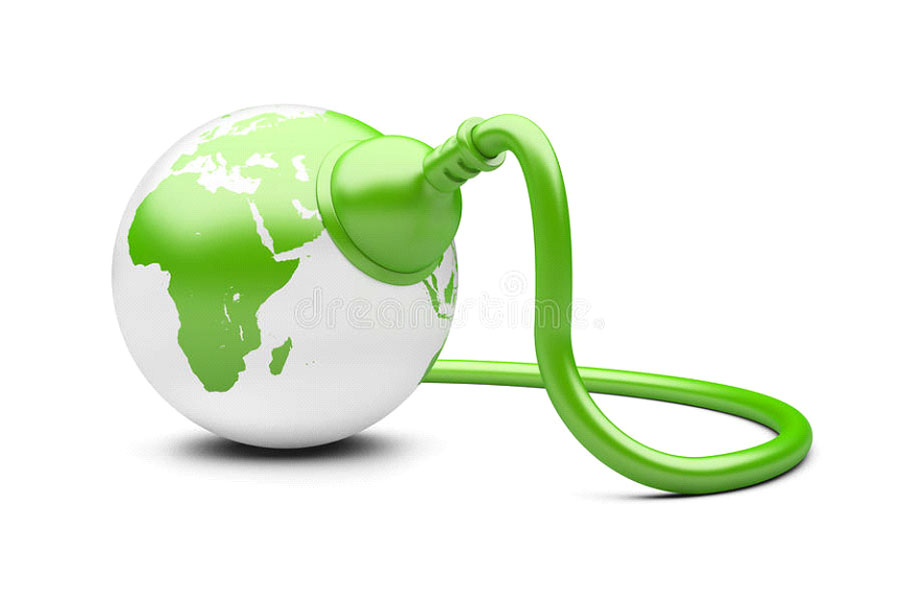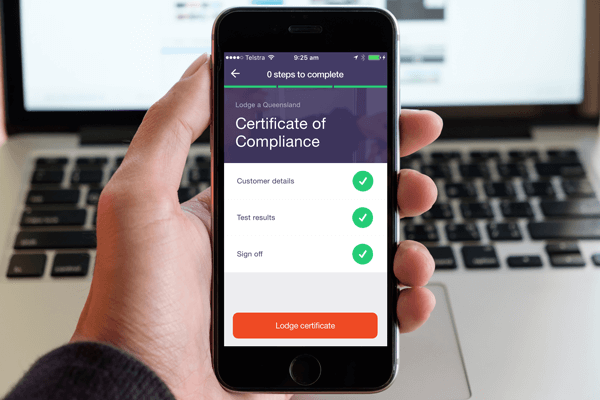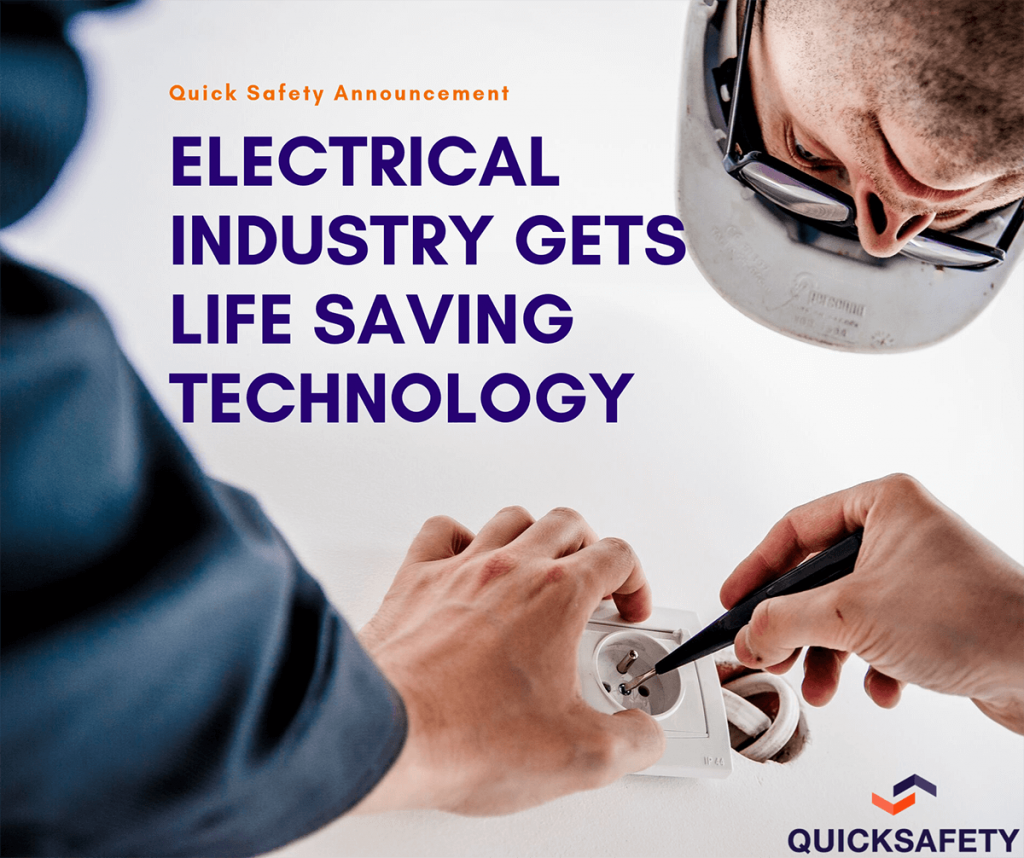Let us discuss green technology. From solar panels, winds farms, and EV cars the push is on to make quick changes. But should we be making the changes quickly?
I am all for a green future, and I think that is a sensible solution. What I am not so sure of is the speed at which implementation happens and looking at the “total picture.” We must look at all the processes from beginning to end to fully validate the benefit of implementing green technology. I would like to break this down into the respective areas to make us all think about this.
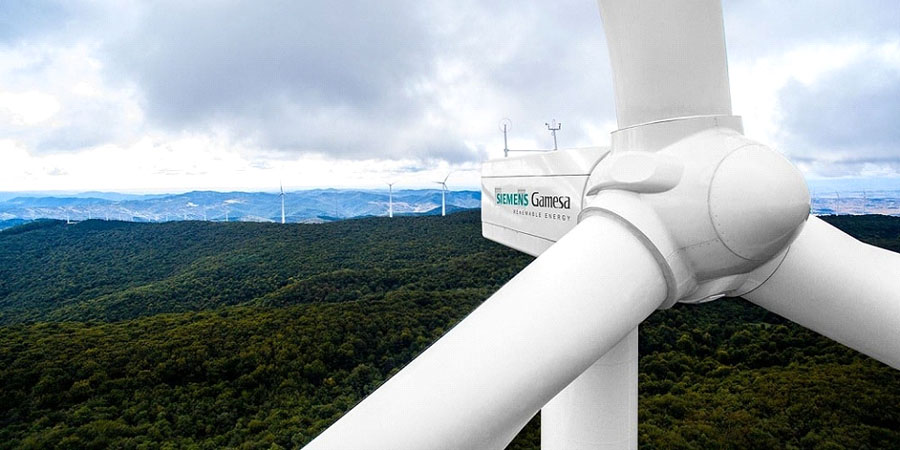
Manufacture – what are the real implications of the manufacturing process. What materials are being used? How are these products being made? Where are they being made? Are they recyclable? Are there certification standards? How are these certifications verified in a global economy? So many things to think about, but we all tend to jump straight to the end and see the benefit, without taking into consideration the above.
What about the materials – are they recyclable? Are they a renewable source? What is the energy expended to produce this product? What source of energy is used to produce the product? Does this offset the carbon emissions, or does it increase it from existing technology? Does the product meet the countries required Standards? Does the country have set Standards? According to Sustainability Victoria 83% of a solar panels makeup is not currently recyclable in Australia. In Victoria, this waste is banned. Current stats show that we are generating e-waste 3 times faster than general waste. Get my point? We must think about the ENTIRE process.
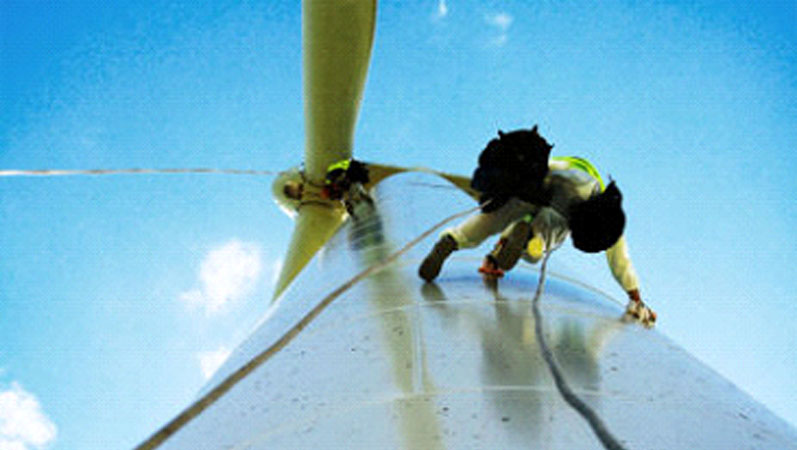
Installation – In 2019 we had a major drama in Queensland with the installation of solar panels. Who can install them? What qualifications do you need to have to install panels? Are they electrical or are they mechanical? Is there regulatory oversight? The same issues go with EV charging stations and wind farms. We all know that if a product is not installed properly, it can lose most of its effectiveness and therefore negate the benefit to the user. We cannot have another Home Insulation Scheme debacle, that’s for sure!
If solar panels are not installed properly (too many panels for the size of the inverter) by qualified people (and how do we know they are qualified? – don’t get me started on that one!) they can become overloaded, causing excessive heat which can lead to installation fires. What recourse does a person have for issues with the panels? Australian homes and businesses have installed solar panels, but do you end up removing them like this couple?
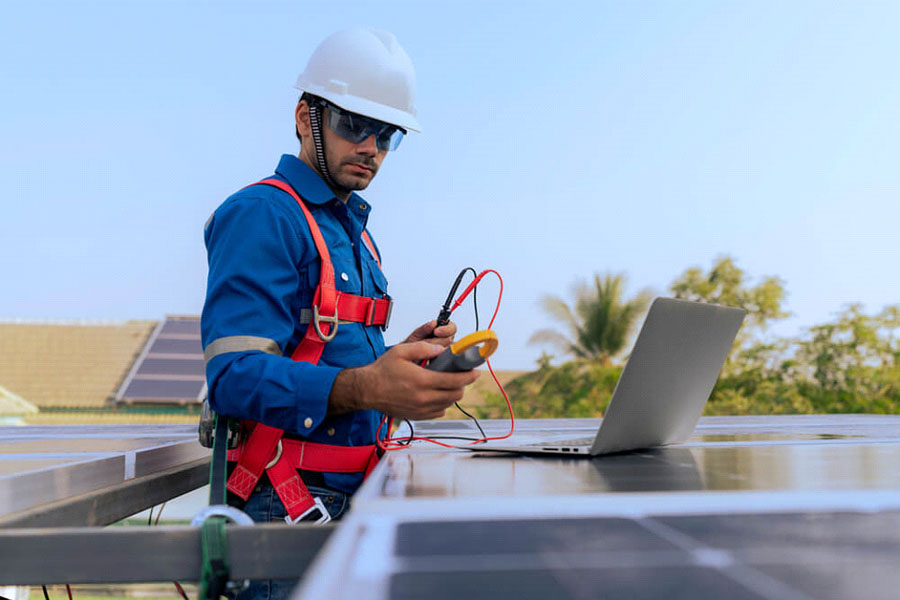
Certification & Testing – Even once they are installed, by which standards do they fall under? What certifications must be obtained? What are the testing requirements to ensure it is safe and fully compliant? What regulators are involved? Who is the governing authority in this matter? Is there regulatory oversight?
We have seen a prime example of this in solar panels installs in Queensland in 2019. Indicators show that 1 in 4 Australian homes have solar, but the Installation Standards, or lack of clear standards, is the cause for “unsafe solar installations.” All bodies must work together, the consequences are too high, and we MUST get this right.
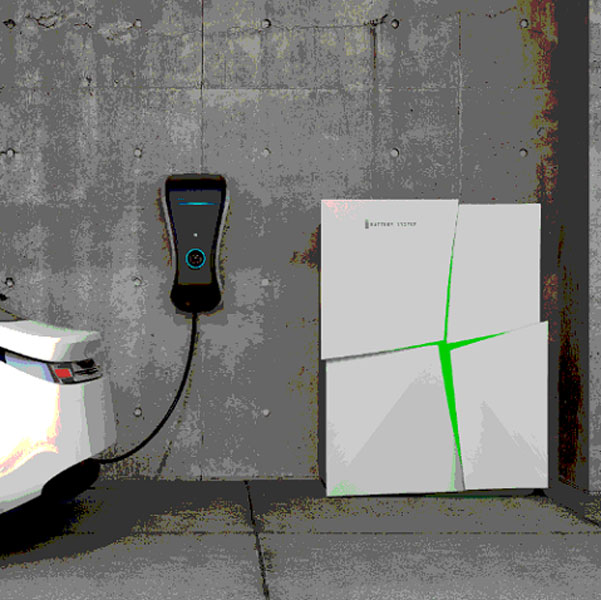
Maintenance – What are the requirements? Who is accredited to do this work? How do you know they are accredited? What are the Standards? Where are the guidelines? Who is responsible for ensuring this process is undertaken? Is there regulatory oversight?
Responsibility – In Queensland, Australia, if you are a director of a business with any renewable energy sources installed, YOU are liable under the Queensland WHS Act Section 5 ruling around the duties of a PCBU Person in Charge of a Building or Undertaking). As a homeowner, YOU are responsible for ensuring this happens. This also includes maintenance of the panels which cause the same issues, even if they were installed correctly.
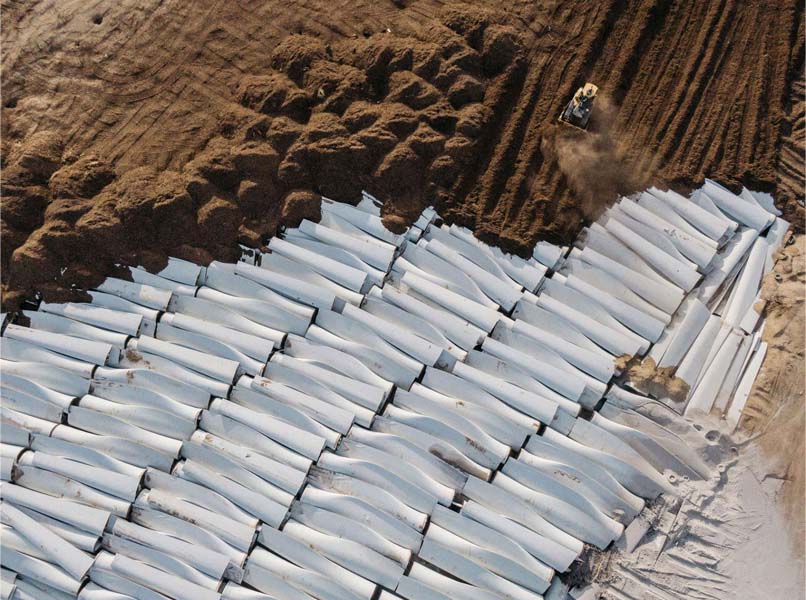
Lifecycle – What is the lifecycle of the product? Does the cost outweigh the advantage? How do we calculate this cost as real dollars?
If we look at wind generation, the maximum lifespan of each blade is 25 years. This may seem like a great deal and a long time, but each blade (longer than a 747 wing) equates to 17 tonnes of un-renewable material. Europe has 3,800 blades placed in landfill per year, 64,600 tonnes. Solar is no better either. We must be thinking smarter when we come to the entire lifecycle of the product.
Kurt’s Summary – We need to allow the government, and associated regulators, the opportunity to fully look at the technology, understand it, set out the criteria for all the above (make it plain and simple), and mandate the required standards – BEFORE mass adoption of ANY new renewable sources. Similarly, the government and regulators MUST do this quickly, simply, and correctly. We cannot be held up by bureaucratic delays and indecision.
I will leave you with this report by the EU “A life cycle perspective on the benefits of renewable electricity generation”. Download this and have a good read. One item that it included reinforced the overall point I am trying to bring to our attention – “the increased use of RES is not impact free and may come at a cost to the environment.” In order to be responsible for our actions on this planet we MUST know, understand, and agree to these “costs” from all perspectives – BEFORE we jump on the renewable energy bandwagon.

